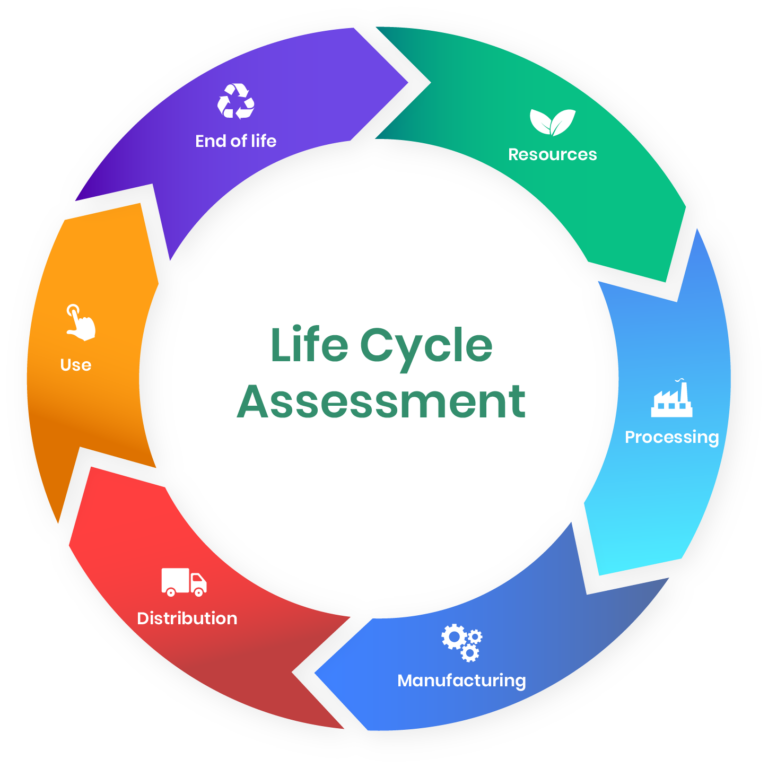The increasing adoption of electric vehicles (EVs) will not only have disruptive effects on the automotive industry but also create significant opportunities in the energy sector and the digitalization of the supply chain. Driven by the need to ensure the safety and transparency of EV components, technologies such as Electronic Data Interchange (EDI), the battery passport, Catena-X, and the use of second-life batteries are gaining importance. These elements contribute not only to the efficiency and sustainability of the supply chain but also to the optimization of product life cycles.
EDI as the Backbone of Quality Assurance: Real-Time Data Flow for Electric Vehicles
EDI systems are crucial in the automotive industry, particularly for quality control in EVs. They facilitate the automatic exchange of data between various stakeholders in the supply chain, including automakers, suppliers, and recycling companies. By utilizing EDI, all relevant information regarding batteries, motors, and other components can be communicated in real-time and without errors. This is vital for preventing quality defects and ensuring compliance with regulatory requirements.
The Battery Passport: Transparency from Production to Reuse
Another key element in quality assurance and the product life cycle of EVs is the battery passport. This digital record provides comprehensive information on the battery’s origin, manufacturing process, usage, and disposal. It ensures that all supply chain participants have access to the necessary data, guaranteeing transparency and traceability throughout the battery’s entire life cycle. The battery passport also plays an essential role in the reuse of batteries in their “second life” by providing the data needed to assess the suitability and quality of batteries for new applications.

Illus. 1: Life Cycle Assessment © One Click LCA
From Car to Power Storage: Second-Life Batteries as a Sustainable Energy Source
The reuse of EV batteries in stationary energy storage systems, known as “second-life batteries,” offers a sustainable way to extend battery life while reducing energy storage costs. These batteries, no longer suitable for vehicle use, can still provide valuable services in less demanding applications, such as stabilizing power grids.
According to a report by McKinsey, the market volume for such storage systems could exceed 200 gigawatt-hours by 2030, potentially creating a global market valued at over $30 billion.
Catena-X: A New Standard for Data Exchange in the Automotive Industry
The Catena-X initiative aims to establish a unified standard for data exchange in the automotive industry. This platform enables seamless integration and connectivity of data along the entire value chain—from production to usage and recycling of vehicle components. By combining Catena-X with EDI systems, supply chain efficiency and transparency are significantly improved, which in turn enhances quality assurance.
Transparency in the Product Life Cycle: The Key to Sustainability
The integration of EDI systems, the use of the battery passport, the implementation of Catena-X, and the reuse of second-life batteries are all crucial for ensuring transparency and sustainability throughout the EV product life cycle. Such transparency is essential not only for complying with environmental and regulatory standards but also for building consumer trust and maintaining the long-term competitiveness of the automotive industry.
By embracing these technologies and standards, the automotive sector can efficiently manage the entire life cycle of vehicle components, promote sustainability, and reduce costs. The industry stands at the threshold of a new era of digitalization and sustainability—an evolution driven by innovative approaches like these.



